T4K3.news
Japan reports nearly one million more deaths than births last year
The country faces an unprecedented demographic crisis as birth rates continue to fall.
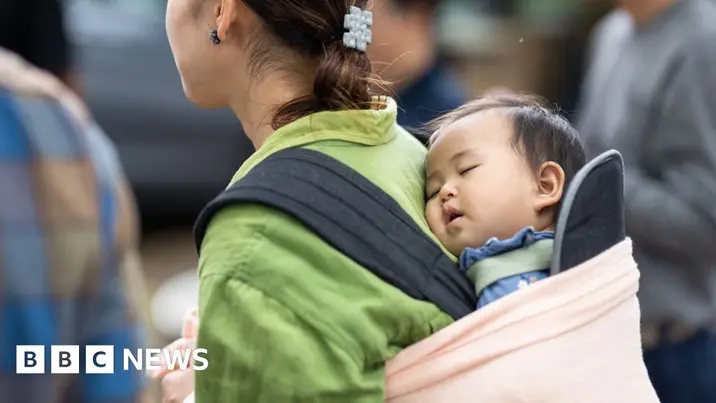
Japan's population continues to decline at an alarming rate amid inadequate government initiatives.
Japan faces unprecedented population crisis as deaths outnumber births
New statistics from Japan's Ministry of Internal Affairs reveal that in 2024, the country recorded 686,061 births against almost 1.6 million deaths, resulting in a staggering difference of nearly one million. This decline marks the most significant annual drop since records began in 1968, reflecting a baby-to-death ratio of more than two to one. Prime Minister Shigeru Ishiba has labeled the situation a "quiet emergency" and aims to instigate family-friendly policies to combat this trend. Despite efforts, including incentives for housing and parental leave, cultural and economic barriers remain strong, leading to persistent low birth rates and a fast-aging population. As of January 2025, foreign residents reached 3.6 million, but immigration policies continue to face political resistance. The demographics indicate an urgent need for effective solutions as rural areas face significant depopulation, with nearly four million homes abandoned in two decades.
Key Takeaways
"Japan's situation is a quiet emergency that calls for urgent family-friendly policies."
Prime Minister Shigeru Ishiba emphasizes the need for immediate action amid the population crisis.
"The number of births reaches a historic low while deaths soar, representing a shocking imbalance."
Recent statistics underscore the growing demographic challenges in Japan.
"Cultural and economic barriers make it difficult for young families to thrive in today's Japan."
The ongoing challenges underline why the birth rate remains low despite government incentives.
"Four million homes abandoned in two decades highlights rural depopulation effects."
The ongoing demographic decline is making towns and villages hollow.
Japan's situation is not merely a demographic issue; it signifies deeper societal challenges. High living costs and traditional gender expectations complicate family planning for many couples. With recent birth figures at their lowest since 1899, the implications extend beyond government policies into the fabric of Japanese life. The shift in population dynamics demands a comprehensive approach, including reimagining workplace cultures and ensuring that both parents can share caregiving responsibilities more equitably. If the current trajectory continues, Japan risks facing severe economic repercussions as its working-age population shrinks and the elderly demographic continues to grow.
Highlights
- Japan faces a demographic crisis like never before.
- One baby born for every two deaths highlights the stark reality.
- Cultural barriers continue to stifle Japan's birth rates.
- Government efforts to boost births have yet to pay off.
Demographic decline raises serious economic concerns
The significant gap between deaths and births in Japan may challenge its economy and social structures, creating a potential crisis.
Without bold changes, Japan's demographics may lead to critical challenges.
Enjoyed this? Let your friends know!
Related News
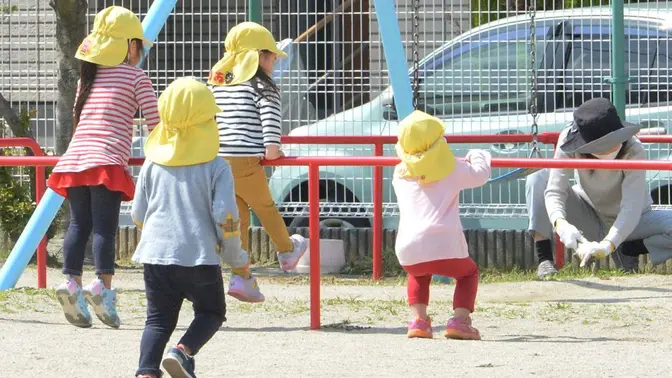
Japan reports record population decline with over 900,000 fewer citizens
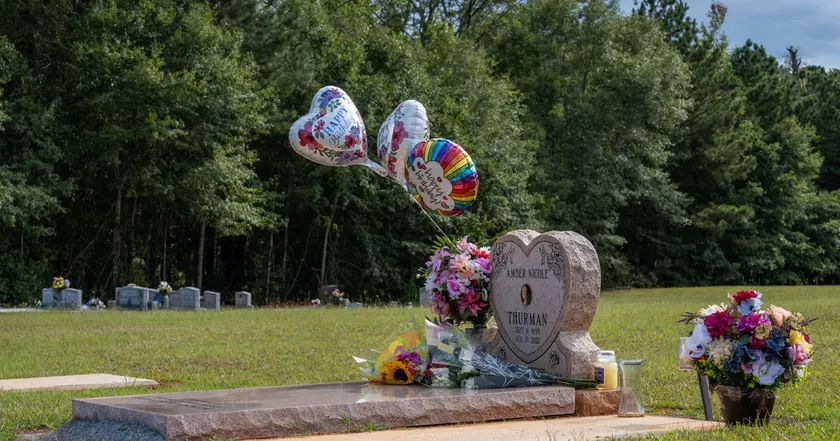
ERASE MM funding at risk as deadline nears

Inheritance dispute continues for Car Boot King fortune
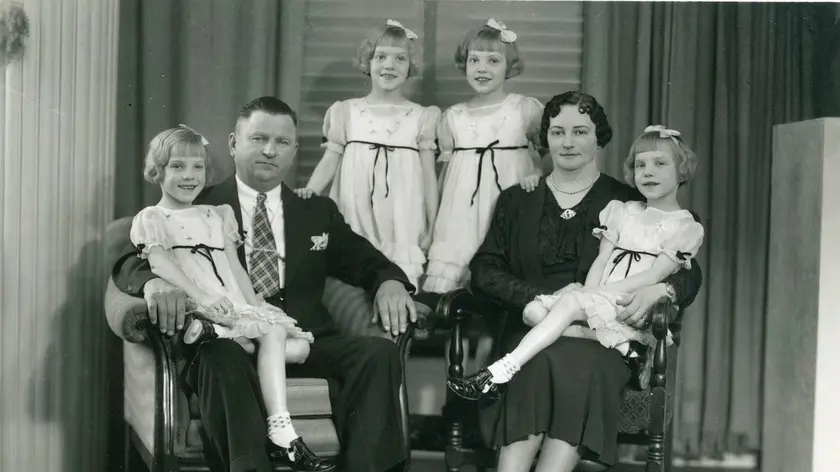
Morlok Quads Case Revisited
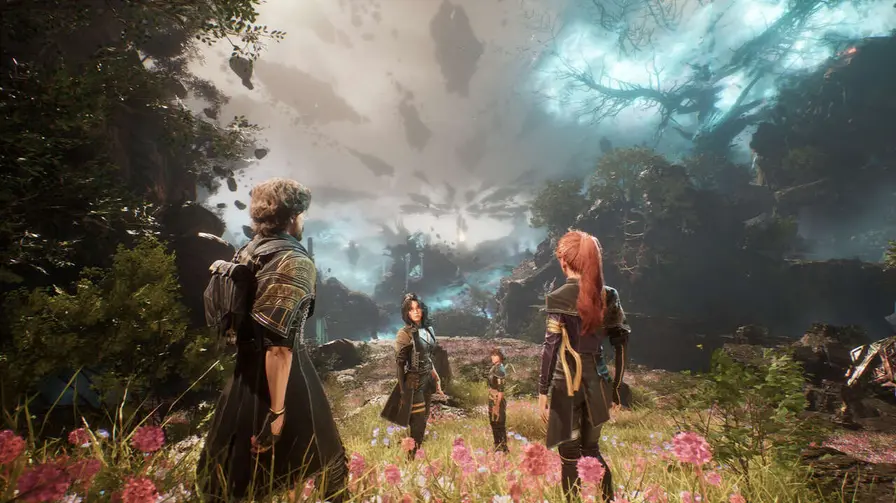
Clair Obscur ignites debate on RPG bias

Longevity reshapes the federal budget reality

Stock Markets Climb as Earnings Reports Approach

Stratford high street shows vacancy and safety concerns
